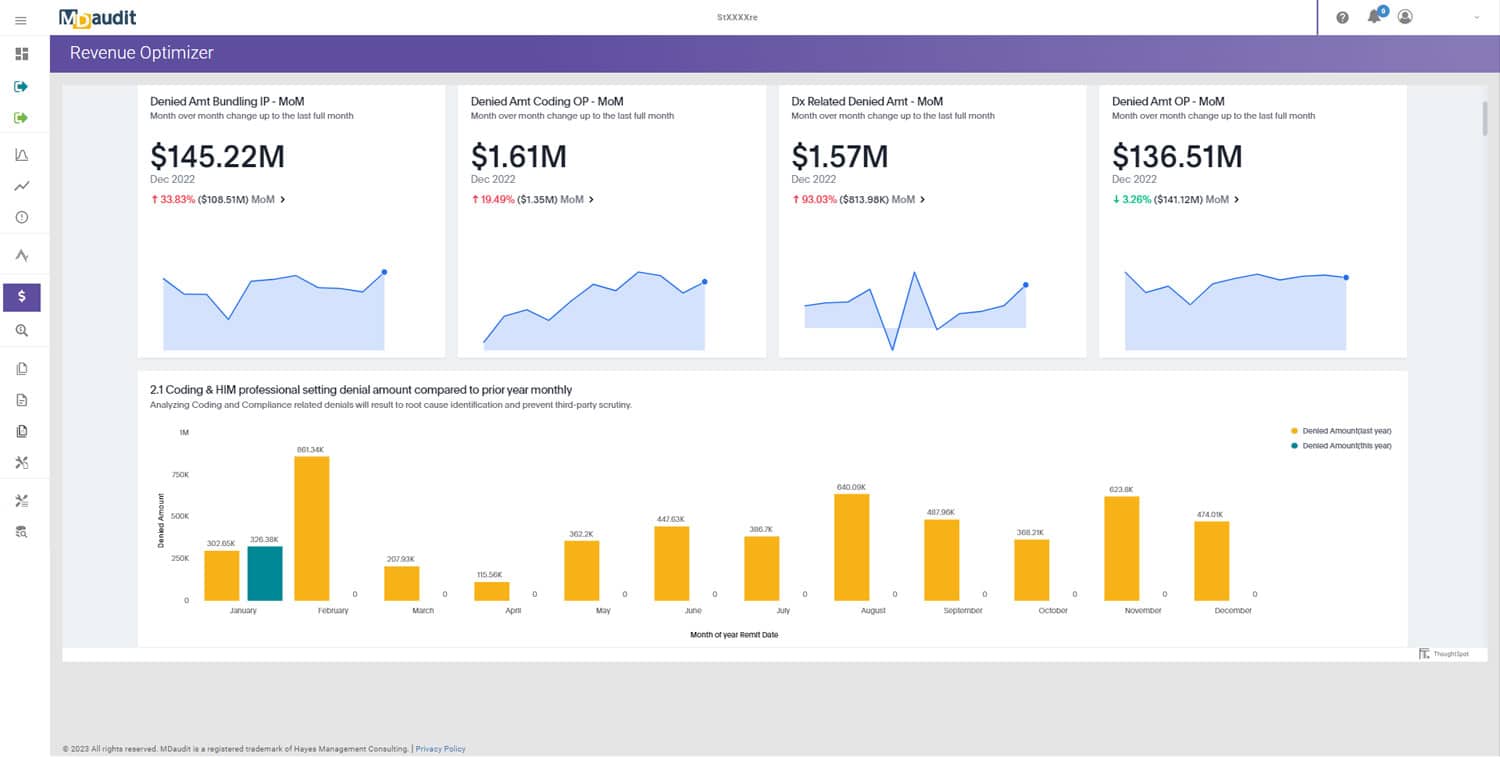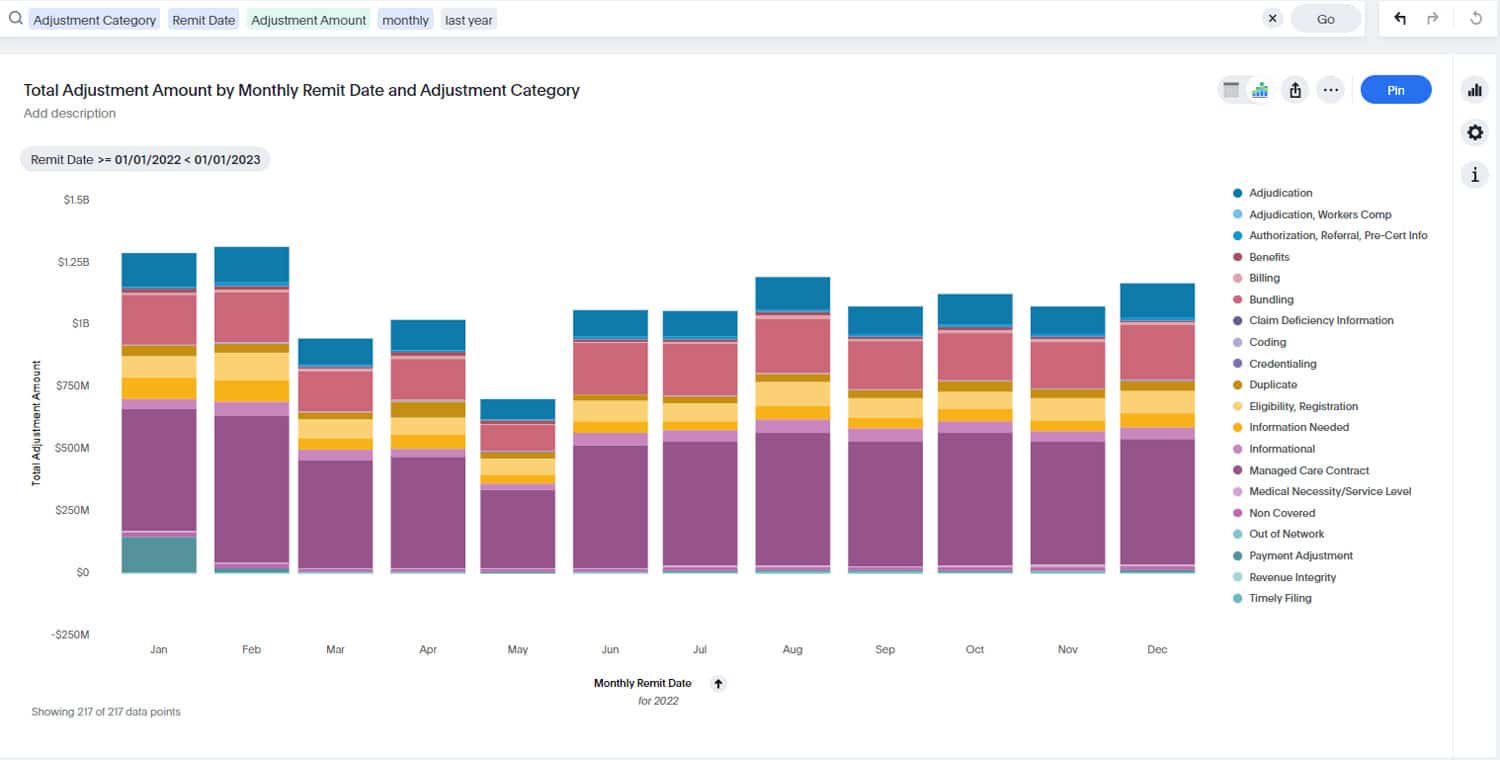Our last blog on Cross-Payer Analytics highlighted the value of identifying systemic patterns across carriers. The next step is operationalizing those insights, closing the loop so that audit findings don’t just sit in reports but actually change behavior. For health information management (HIM) and coding teams, that means integrating audit outcomes directly into coder education programs.
Without structured education tied to audit findings, the same documentation and coding errors are repeated, denials remain stubbornly high, and compliance risks persist. Organizations that successfully bridge the gap between audits and coder education, however, reduce repeat errors, accelerate reimbursement, and create a culture of continuous improvement.
Why Audit Insights Alone Don’t Solve the Problem
Audits are designed to uncover errors, inconsistencies, and risks in coding and documentation. But the truth is that most organizations fall short of leveraging these insights effectively.
- Findings are often summarized in static reports that may not be reviewed by coders until weeks or months later.
- Generic refresher training is delivered instead of targeted education linked to the specific error trends.
- Auditors and coders operate in silos, with limited real-time communication or collaboration.
The result is a frustrating cycle: coders continue to make the same errors, denials accumulate, and providers grow weary of repeated documentation requests. In some organizations, denial rates climb even as audit activity increases, simply because findings aren’t operationalized into learning.
Closing the Loop: Turning Insights Into Action
The solution lies in reframing audit outcomes not as an endpoint but as the starting point for coder education. The key principles are:
- Timeliness: Coders should receive feedback while the case is still top of mind. Waiting months to review issues from retrospective audits diminishes learning.
- Specificity: Education should be focused on the exact codes, documentation requirements, or payer policies tied to audit findings, not broad-brush training.
- Collaboration: Auditors and coders must engage in two-way communication, so questions can be clarified and the rationale understood.
- Measurability: Every education effort should be tied to metrics—whether repeat error reduction, improved first-pass yield, or denial avoidance.
This is where MDaudit’s platform makes a difference: it provides the automated workflows, dashboards, and feedback mechanisms to close the loop seamlessly.
How MDaudit Integrates Audit Outcomes Into Education
Coder Workflow
Coder Workflow eliminates the traditional barriers between audits and coder training. By embedding prospective, retrospective, and risk-based audits into one collaborative platform, HIM leaders can:
- Identify individual coders or cohorts that are struggling with specific diagnoses, procedures, or payer policies.
- Share audit findings in real time through integrated communication channels.
- Generate automated reporting packages that double as educational tools.
- Track whether education interventions reduce repeat errors over time.
HIM & Coding Solutions
The broader HIM & Coding toolkit ensures that coder performance is continuously monitored and improved. Key features include:
- Auto-identification of new coders is integrated into an audit workflow that doubles as onboarding.
- Dashboards that flag at-risk coder populations, allowing leaders to design targeted training plans.
- Denial analytics that link coding errors directly to systemic, high-dollar denials.
- Reporting suites that package audit findings into educational modules tailored to coder roles.
Audit Workflows
Audit Workflows make it possible to operationalize findings. Rather than sending coders static audit reports, HIM leaders can:
- Route findings automatically to coders, providers, or managers.
- Attach feedback, documentation tips, or coding guidelines directly to audit outcomes.
- Set SLAs for acknowledgment and completion of education tasks.
- Monitor compliance and follow-through within the same dashboard.
Together, these solutions ensure that audit outcomes don’t just highlight problems, they trigger corrective action and education that reduce errors in the future.
Role-Specific Benefits
For HIM Leaders
Audit-driven education programs improve accuracy across the coding team, reduce denial-driven rework, and build a sustainable cycle of improvement.
For Coders
Education becomes timely, specific, and relevant. Instead of receiving broad refresher courses, coders get precise guidance tied to the cases they work every day. This reduces frustration and builds confidence.
For Compliance Teams
Targeted education reduces systemic risks and provides a defensible record of proactive corrective action—critical during regulatory audits or payer disputes.
For Finance and Revenue Integrity Leaders
Reducing repeat errors and denials directly improves first-pass yield, accelerates reimbursement, and reduces the costly burden of appeals.
Implementation Best Practices
Establish Governance
Ownership is key. High-performing organizations create a joint working group that includes revenue integrity, HIM, and compliance leaders. This team defines education priorities, approves training modules, and sets measurable goals for coder performance.
Time Education to Maximize Impact
- Prospective: For high-risk areas, audit findings should be fed back immediately, before claims are submitted.
- Retrospective: Broader education programs should aggregate audit insights quarterly, focusing on systemic trends.
- Onboarding: New coders should be integrated into audit workflows from day one, receiving immediate education as errors appear.
Design Education That Sticks
Effective coder education is concise, case-based, and measurable. Long PowerPoint sessions are less effective than short modules that highlight specific cases, documentation examples, and payer feedback.
Integrate With Performance Management
Coder education should not exist in isolation. By tying audit outcomes to coder scorecards, HIM leaders ensure accountability. Coders see education as an opportunity to improve their scores, not just a compliance obligation.
Measuring Success
Organizations that align audit outcomes with coder education can track success through:
- Repeat Error Reduction: Lower frequency of the same coding errors after training.
- Denial Avoidance: Fewer denials linked to coding issues, measured across multiple payers.
- Improved First-Pass Yield: A Higher rate of clean claims submitted correctly the first time.
- Appeal Workload Reduction: Fewer appeals required due to systemic coding improvements.
- AR Days: Faster reimbursement and fewer delays caused by repeat errors.
These metrics not only justify investment in audit-driven education but also demonstrate measurable impact on executive leadership.
Case Scenarios
Academic Medical Center
Audits revealed repeated errors in inpatient coding for complex cardiac procedures. By integrating findings into targeted coder education sessions and updating documentation templates, the center reduced repeat errors by 35% within six months.
Regional Health System
Cross-payer analysis showed consistent denials for infusion drugs tied to diagnosis specificity. Coders received case-based education supported by audit findings, reducing related denials by 40% in one quarter.
Large Physician Group
Onboarding audits highlighted documentation gaps among new coders. By embedding them into audit workflows with immediate feedback, the group reduced time-to-proficiency by 50% compared to traditional training.
Future Outlook: AI and Predictive Education
As AI matures, coder education will become even more proactive. Instead of waiting for audits to surface errors, predictive analytics will highlight coders most at risk of repeat errors. Integrated into MDaudit’s AI-Powered Technology, education programs will evolve from reactive correction to predictive prevention.
- Coders will receive proactive alerts about documentation elements that could trigger denials.
- Education modules will be personalized based on individual coder risk profiles.
- Leaders will use predictive analytics to allocate training resources where they will have the greatest impact.
This future state turns coder education into a continuous, intelligent feedback loop.
Conclusion
Aligning audit outcomes with coder education is one of the most effective ways to reduce denials, improve compliance, and strengthen revenue integrity. By closing the loop between audits and education, organizations create a culture of accountability and learning that prevents errors rather than correcting them after the fact.
MDaudit provides the platform to make this possible, with Coder Workflow, Audit Workflows, and HIM & Coding solutions that seamlessly connect audit outcomes to education programs. The result is measurable improvements in coder performance, fewer denials, and stronger financial outcomes.
To learn how your organization can align audits with coder education, visit our demo request page or contact us to speak with an expert.








